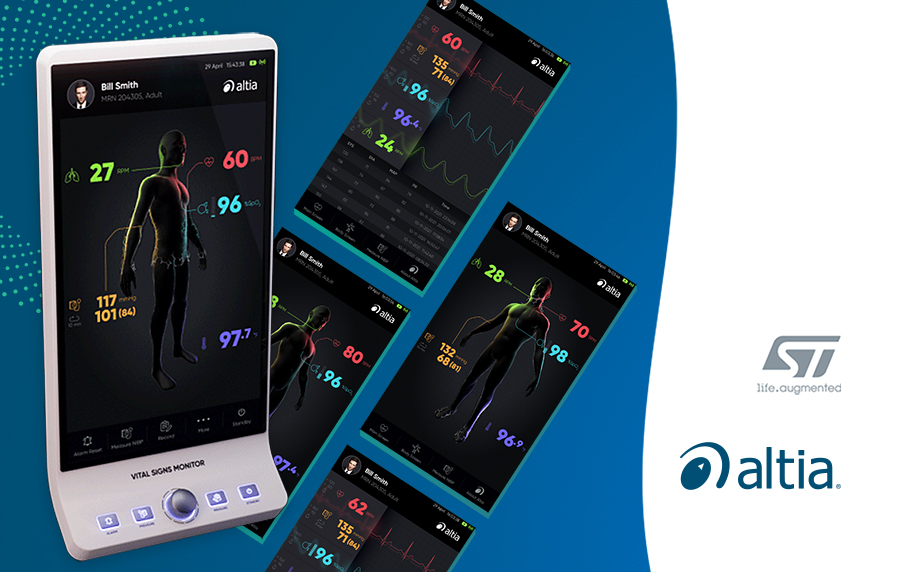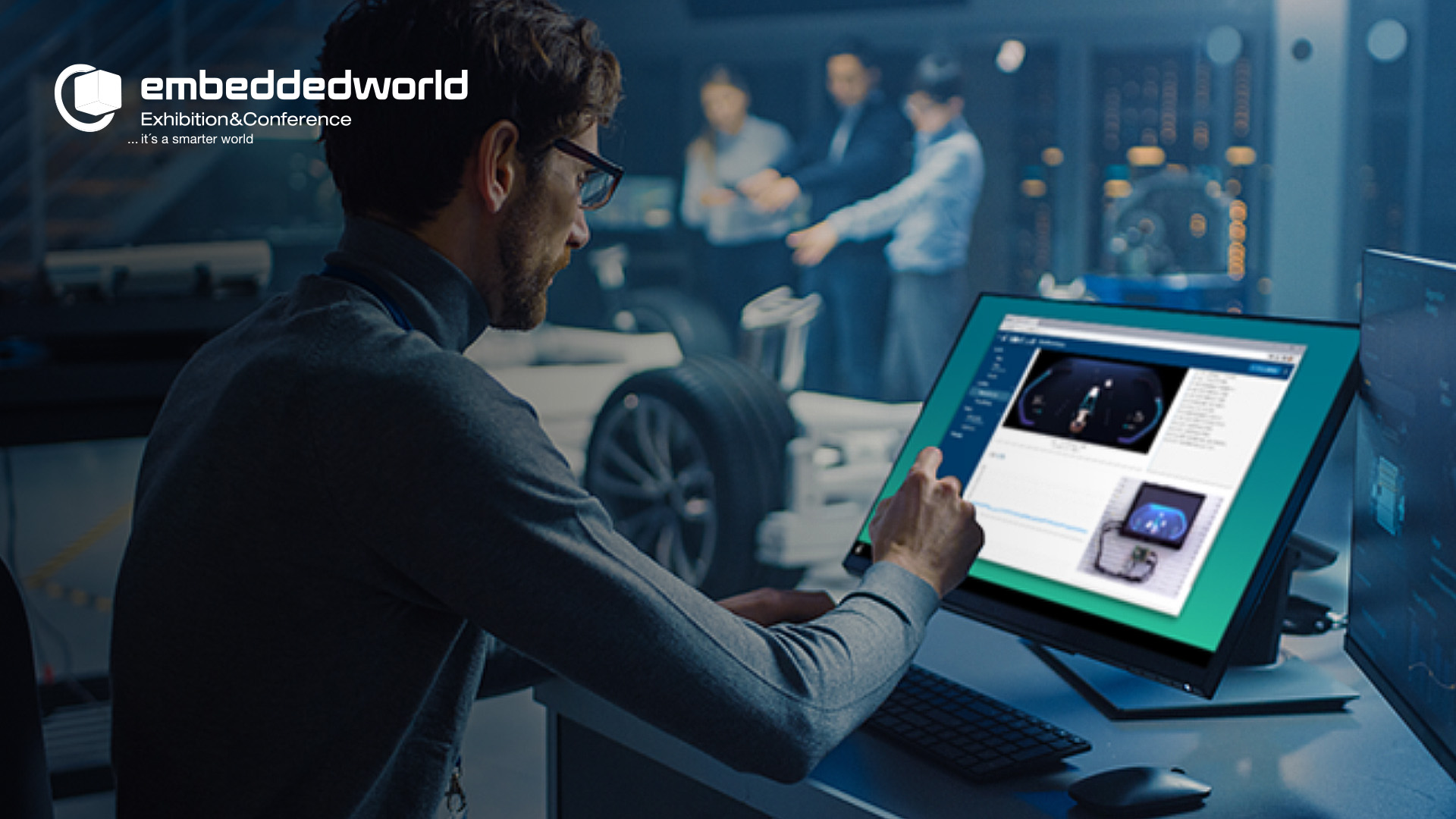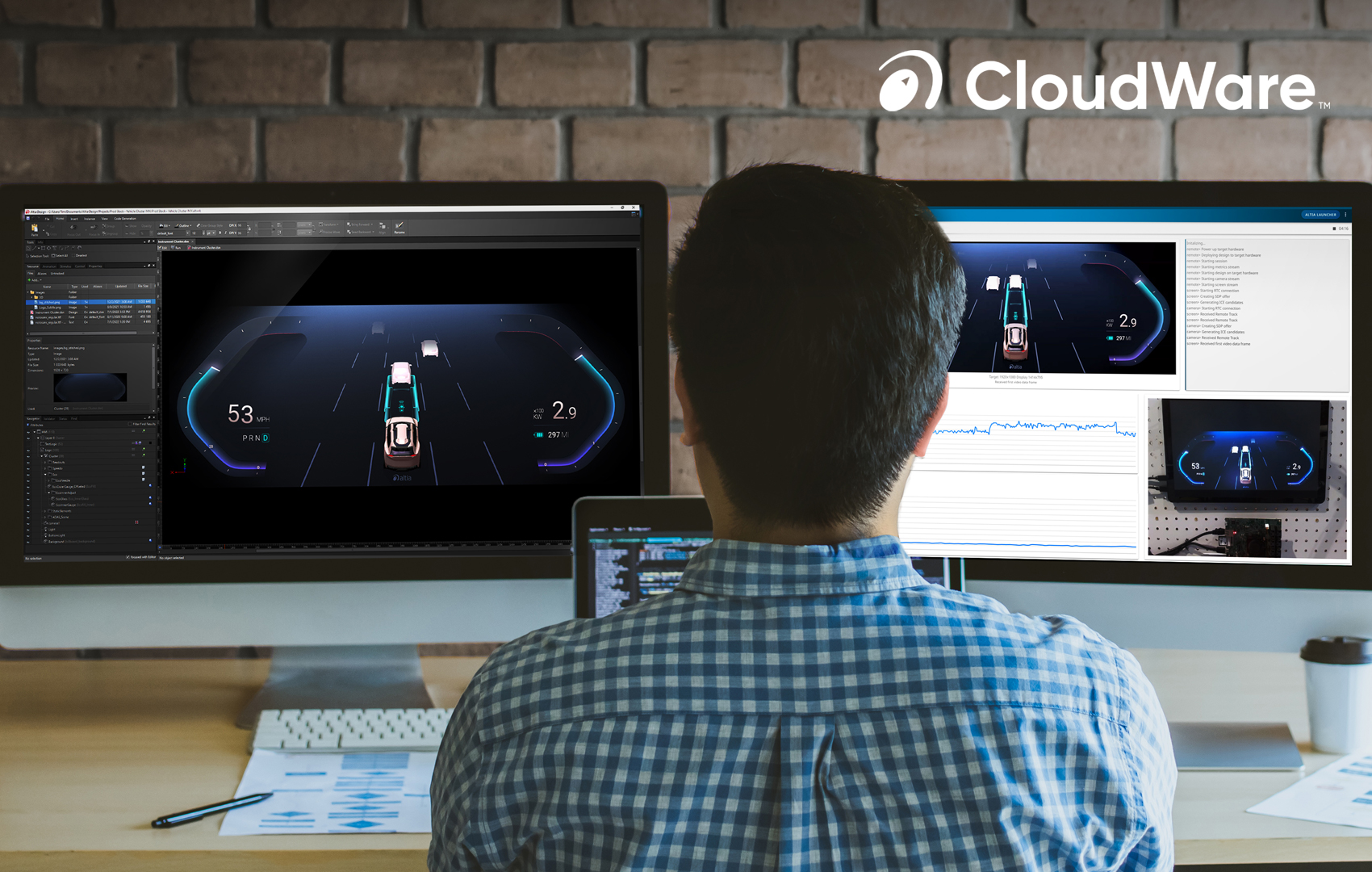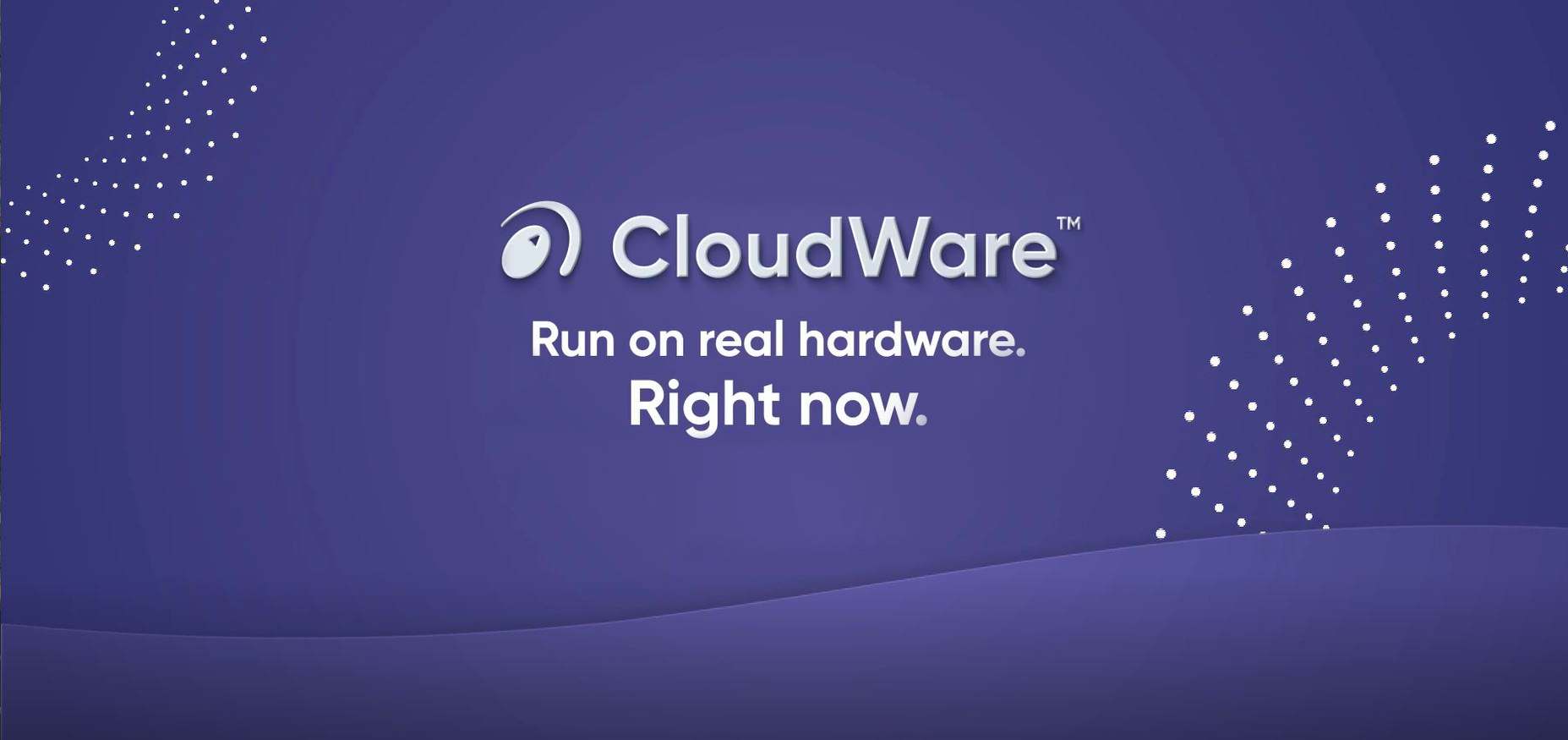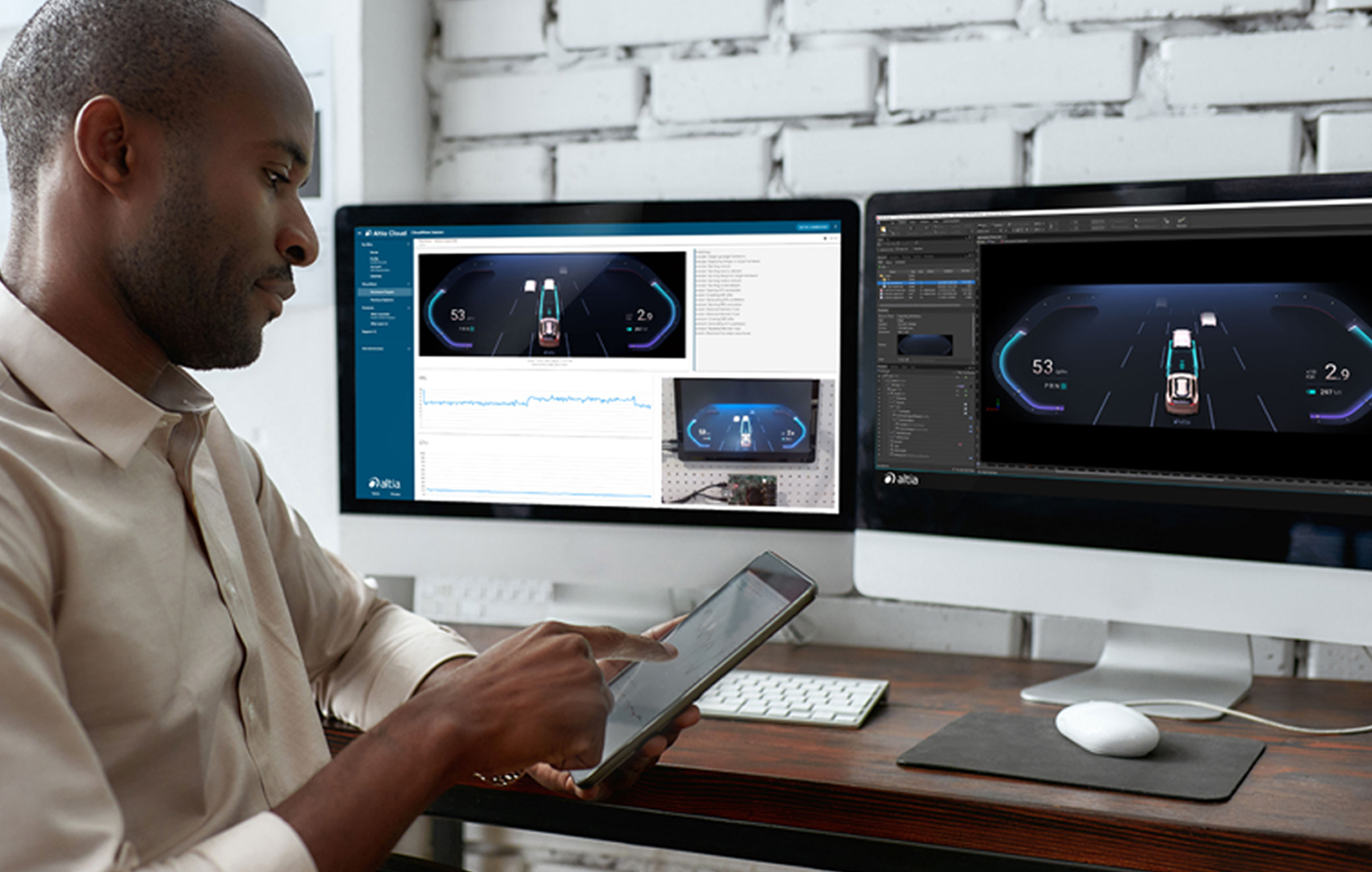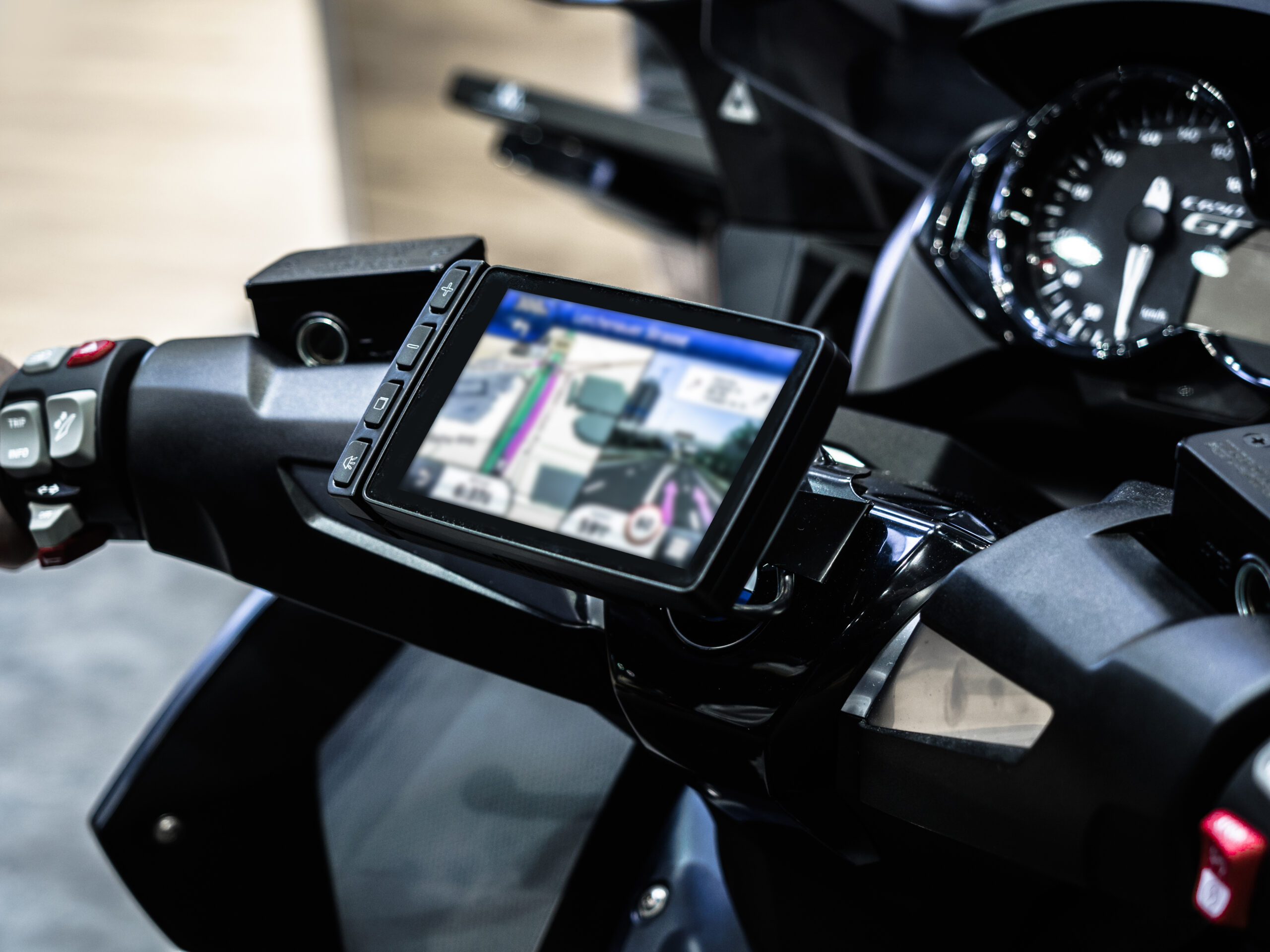Learn more about:
• Features and benefits of ST MPUs and MCUs
• Altia GUI solutions for industrial, consumer electrics, and IoT applications
• Altia demo – our concept-to-production workflow
• How Altia optimizes graphics code for ST processors
• Altia’s Cloud-based software-hardware solution for GUI development
• Q&A
Resources Industries: Recreational Vehicles
Altia CloudWare™ White Paper – Helps Teams Overcome GUI Production Challenges
Altia Showcases GUI Solutions and Altia CloudWare™ at Embedded World 2023
Altia, a leading provider of user interface design and development software, is proud to announce its participation in Embedded World Expo 2023. This premier international trade fair and conference for embedded systems will take place in Nuremberg, Germany from March 14 to 16, 2023.
Visitors to the Altia booth will have the opportunity to see live demos of Altia graphical user interfaces (GUIs) at work with a variety of embedded ecosystem partners—including Android, Green Hills Software, Imagination Technologies, Infineon, NXP, Qualcomm, Renesas, STMicroelectronics and Texas Instruments. All are invited to visit and speak with Altia experts about how the company’s solutions can help them create visually stunning and highly functional user interfaces for their embedded systems. Around the show, Altia GUIs will be demonstrated by partners as well.
“We are excited to be a part of Embedded World Expo 2023 and to showcase our industry-leading software to the global embedded systems community,” said Jason Williamson, Altia Vice President of Marketing. “With Altia, our customers create intuitive user interfaces that set their products apart in a competitive market. Furthermore, they have the flexibility to scale their Altia GUIs from low- to high-power hardware and even switch to less expensive or more readily available hardware mid-production.”
At the expo, the Altia team will be demonstrating Altia CloudWare™, the newest product in Altia’s GUI development software lineup. This cloud-based Hardware-as-a-Service (HaaS) solution, is available to companies developing embedded graphical user interfaces for production devices. CloudWare™ allows GUI developers to remotely access and pair Altia’s software with popular embedded hardware to create a test drive experience for their GUI from anywhere in the world.
Visitors to the Embedded World 2023 parallel conferences are invited to learn more about Altia CloudWare™ in presentations by Jeff Stewart, Altia Director of Global Sales Engineering, at Electronic Displays 2023 Conference on Wednesday, March 15 at 2:20 PM and Thursday, March 16 at Embedded World 2023 Conference at 5:00 PM.
Find Altia in Hall 4, Booth 4-201 at the Embedded World Expo 2023. Attendees are encouraged to schedule a meeting at the show or visit Altia’s booth to learn more about the company’s products and services and to see live demos of its software in action.
Altia Launches CloudWare™ to Enable Simplified, Faster Embedded GUI Development
Altia CloudWare™, a cloud-based Hardware-as-a-Service (HaaS) solution, is now available to all companies developing embedded graphical user interfaces (GUIs) for production devices. The newest product in Altia’s GUI development software suite, CloudWare™ allows GUI developers to remotely access and pair Altia’s graphical user interface software with popular embedded hardware to create a test drive experience for their GUI from anywhere in the world.
Officially launched at CES 2023 and previewed prior to the show with key partners and customers, Altia CloudWare™ is already being recognized as a game-changing solution for improved collaboration, fast access to production hardware and simplified hardware testing to find the right-sized hardware for a GUI project.
“At Altia, we work with companies developing graphical displays for production and we learn a lot about the challenges they have experienced in previous projects. It’s our mission is to make embedded GUIs easy, so we created CloudWare™ to simplify benchmarking, testing and running GUI designs on any supported hardware from anywhere in the world,” stated Mike Juran, Altia CEO. “With the prevalence of distributed teams, this new tool also enables immediate collaboration with a unified hardware-software stack. GUI teams will turn months of collaboration time into minutes with CloudWare™.”
“This hardware-in-the-cloud solution offered by Altia will enable our customers to rapidly evaluate NXP® Semiconductors’ high-performance MCUs and MPUs and make it easy for them to choose from the wide range of NXP devices available for their GUI-based products,” said Jeff Steinheider, Vice President and General Manager, Industrial Edge, NXP. “The production-proven pairing of Altia GUI software with i.MX 8QuadMax in the cloud is a major advance in HMI development. With coming support for i.MX RT1170 and i.MX 93 families, our customers will be able to quickly and easily explore our broad portfolio to find an optimal solution for their needs.”
“Altia CloudWare™ is more than just a product we’re offering to customers. As a global company, we have engineers all over the world who are actively using this tool for our own demo and product development,” stated Mike Morgan, Altia Director of Product Delivery. “Not only has CloudWare™ enabled us to troubleshoot our GUI development in real time, but it makes our engineering team members even more productive and successful. We’re collaborating more effectively and with greater certainty because we are developing and testing for the exact same hardware.”
Altia CloudWare™ is now available. To request your demo, visit www.altia.com/cloudware.
About Altia
Altia is a software company that provides graphical user interface design and development tools that can be used from concept to final production code. Our GUI editor, Altia Design, offers development teams the capability to implement a model-based development process enabling clear team communication and accelerated user interface development. Our code generator, Altia DeepScreen, supports a vast range of low- to high-powered processors from a variety of industry-leading silicon providers. Altia generates pure C source code that is optimized to take full advantage of hardware resources. Graphics code generated by Altia is driving millions of displays worldwide – from automotive instrument clusters, HUDs and radios to thermostats, washing machines and medical devices. Our mission is to get the best automotive, medical and consumer interfaces into production in the shortest time on the lowest cost hardware.
Altia was founded in 1991. Its customers include automotive OEMs and Tier 1s like Continental Automotive, Denso, Fiat Chrysler Automobiles, Ford Motor Company, General Motors, Honda, Renault, Magneti Marelli, Nippon Seiki, Valeo, Visteon and more – plus leading consumer device manufacturers like Electrolux, Whirlpool, NordicTrack and many others.
For more information about Altia, visit www.altia.com or email [email protected].
Altia CloudWare Solution Brief
Evaluate and test your entire hardware-software stack remotely through an intuitive, Cloud-based platform. See the results in real time via live stream.
Key Benefits
- Try Before You Buy – Access and Evaluate Hardware in Real-Time
- Save Time – Find the Best Target Hardware for your Project
- Collaborate Globally – Cloud-Based Tools and Unified Development Stack
Meet Altia CloudWare™
Altia Solves GUI Development Challenges with New Hardware-in-the-Cloud Solution
Altia is proud to announce Altia CloudWare™, a cloud-based Hardware-as-a-Service (HaaS) solution that allows graphical user interface (GUI) developers to pair Altia’s production-proven graphical user interface software with popular embedded hardware to create a test drive experience for their GUI from anywhere in the world. Altia will showcase this new product at CES 2023 – January 5-8 in Las Vegas, Nevada.
“Altia’s real-world understanding of the challenges of embedded system setup, configuration and validation inspired the development of Altia CloudWare™,” stated Michael Hill, Altia Vice President of Engineering. “We wanted to give our users the ability to rapidly access embedded systems as if they are sitting on their own desks—without the hassle associated with hardware and software management. We have achieved this with CloudWare™.”
What challenges does Altia CloudWare™ solve? As embedded GUI developers face incredibly long lead times for test hardware, Altia CloudWare™ enables access to test hardware in minutes. With multiple platforms available, GUI teams can pair their GUIs with the hardware of their choice to benchmark and test their project for best performance. Distributed GUI team members work with the same hardware-software stack—eliminating risk of disparate software versioning, configuration or compiler installation. Additionally, because the hardware is in the cloud, there is no loss of productivity while teams wait for test hardware to manufacture and ship. Instead, teams can begin development now with their selected CloudWare™ platform. Altia CloudWare™ enables GUI design teams to meet their product development schedules so that, when production hardware is available, their GUI will be ready to deploy.
The Altia team will demonstrate Altia CloudWare™ at their Renaissance Hotel exhibitor suite at CES 2023. CES attendees interested in a demo of Altia CloudWare™ can request a meeting with Altia at www.altia.com/ces. Not attending CES? Sign up to see CloudWare™ on our website.
About Altia
Altia is a software company that provides graphical user interface design and development tools that can be used from concept to final production code. Our GUI editor, Altia Design, offers development teams the capability to implement a model-based development process enabling clear team communication and accelerated user interface development. Our code generator, Altia DeepScreen, supports a vast range of low- to high-powered processors from a variety of industry-leading silicon providers. Altia generates pure C source code that is optimized to take full advantage of hardware resources. Graphics code generated by Altia is driving millions of displays worldwide – from automotive instrument clusters, HUDs and radios to thermostats, washing machines and medical devices. Our mission is to get the best automotive, medical and consumer interfaces into production in the shortest time on the lowest cost hardware.
Altia was founded in 1991. Its customers include automotive OEMs and Tier 1s like Continental Automotive, Denso, Fiat Chrysler Automobiles, Ford Motor Company, General Motors, Honda, Renault, Magneti Marelli, Nippon Seiki, Valeo, Visteon and more – plus leading consumer device manufacturers like Electrolux, Whirlpool, NordicTrack and many others.
For more information about Altia, visit www.altia.com or email [email protected].
Follow Altia on LinkedIn, Twitter and YouTube.
Off-Highway Vehicle Company Overcoming Chip Shortage and Meeting GUI Project Schedule with Altia
Motorcycle UX Design Lessons Learned from Automotive
Engineering Services Solution Brief
With decades of experience in real-world embedded display scenarios, Altia’s Engineering Services Team is an expert at solving difficult customer challenges—utilizing best practices to create custom software solutions, employing modern UX principles and quality testing practices.
- Gain expertise and productivity without adding headcount
- Obtain the best results and highest performance with your GUI projects
- Get the most of our team’s deep technical knowledge, urgency and keen eye for quality
- Work with local points of contact for your project – team members available worldwide
- Fill in the gaps in your team’s expertise with Altia’s artists, UX specialists and
embedded experts - Overcome tight turnaround times and performance challenges
- Simplify your certification with our experts trained in ISO 26262, ASIL, MISRA and others
